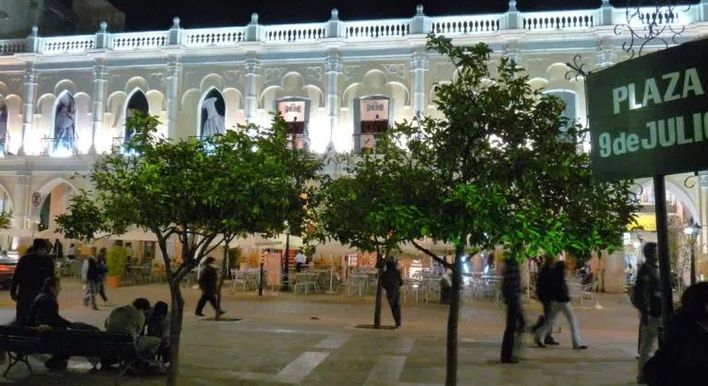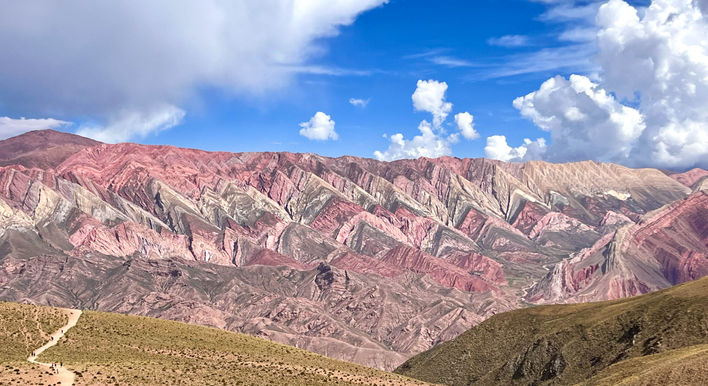Holy or unholy depending on your point of view, the most important trinity in Argentina is Diego, Evita and Che.
A tour we think you'll love
Ernesto “Che” Guevara: the Latin American revolutionary who, thanks to the film Motorcycle Diaries in 2004, many people realised for the first time was actually Argentine, not Cuban.
Of Irish antecedents on his paternal grandmother’s side (Lynch), the young Ernesto grew up in the city of Rosario before his family moved to Alta Gracia, in the hills of Cordoba province, largely to help alleviate his severe asthma. The attractive town, famous for its Jesuit estancia, also hosts the Museo del Che.
Eva Peron, the wife of the hugely divisive generalissimo Juan Domingo, whose influence still permeates Argentine politics despite her tragic death at the early age of 33.
She was immortalized twice: first in the Andrew Lloyd Webber/Tim Rice musical Evita of 1978. In 1996, Madonna arrived to make the film version, prompting street protests in Buenos Aires due to its depiction of her as a scheming social climber with a penchant for fine clothing, jewellery and a shoe collection to rival Imelda Marcos.
She emerged second time around in 2012, equally controversially, as the face of the 100 pesos banknote (its issue prompting immediate devaluation, leading us to our present economic slump).
But my personal hero/villain is Diego Maradona, who died aged 60 on 25th November 2020.
While the Messi/Maradona debate is both pointless and irrelevant as playing conditions and regulations have changed so drastically, it is unarguable that Diego was in the top echelon of his generation, alongside Pele, Cruyff and Beckenbauer.
In many ways, he cheated an extra 20 years of life after slumping into a coma while on holiday in Punta del Este, Uruguay, in January 2000.
If he’d died then, we would have been spared the pain of Argentina’s World Cup campaign in South Africa 2010, when he was unaccountably made coach of the national team, excluded some of the most experienced players who might challenge his authority, and had an excellent team whose preparation was sorely exposed in a humiliating 4-0 quarter-final defeat by Germany.
We might have avoided the image of his blubbery frame tottering onto yet another low-grade chat show, and his questionable cosying up to dictators like Fidel Castro and Nicolas Maduro.
Even before his death, evidence emerged of his violence against a female partner and his myriad children: enough to form his own football team, mostly conceived during the time of his drug recuperation in Cuba.
And since he died, further stories have sullied his legend: like the Cuban woman who claimed he seduced her at the age of 16 and got her hooked on his personal drug of choice, cocaine.
But surely the point of Diego Maradona was exactly these contradictions. Many of his flaws were the result of his poverty-stricken upbringing, the pressures from a young age of being the family’s main hope of progress, and the injuries provoked by growth hormones, dodgy pitches and the rugged challenges of centre halves in the 1970s and 1980s.
I recommend Asif Kapadia’s 2019 film Diego Maradona for an insight into the visceral, conflictive life of the great man: a tragic hero in the true sense of the phrase.







